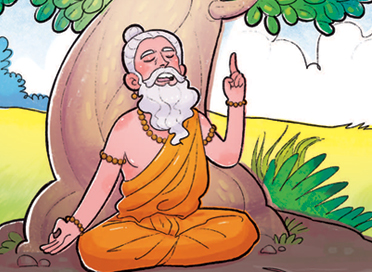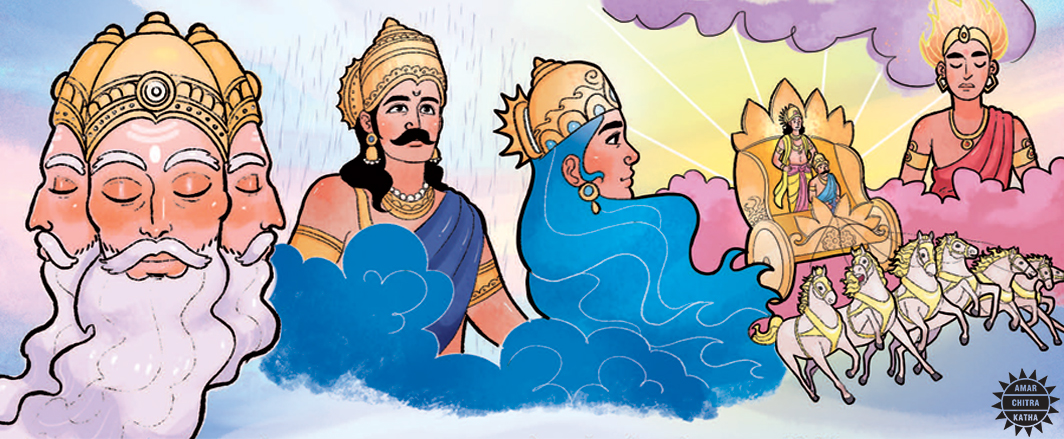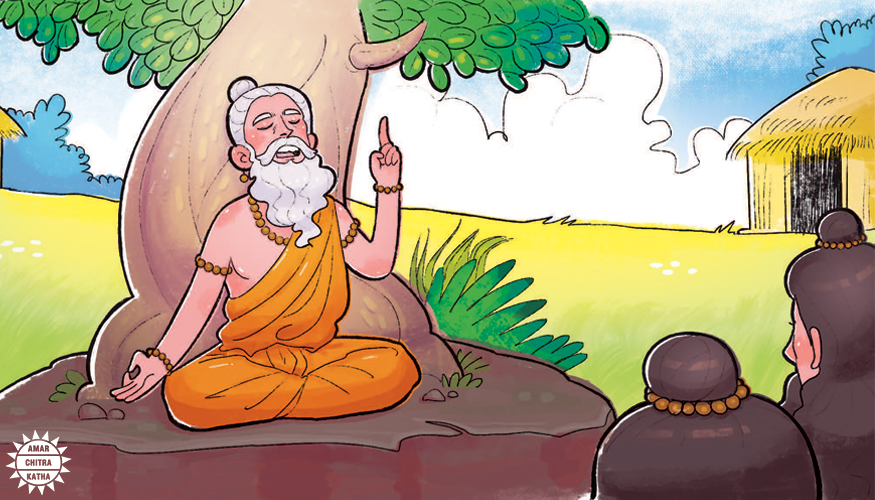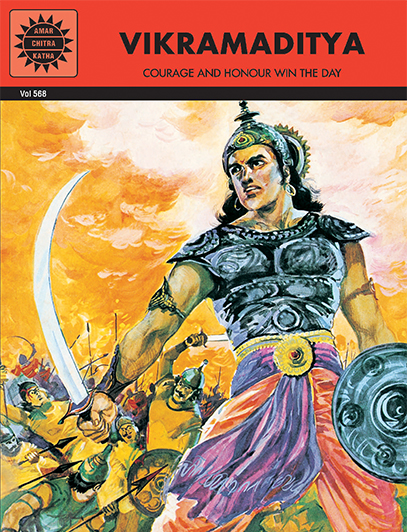What are the Puranas?
- July 7, 2020


What are the Puranas?
- July 7, 2020
Premium
The Puranas are religious texts composed in Sanskrit, orally narrated for centuries before being written down from the 2nd century CE onwards. They are part of the sacred literature of the Hindu faith that also comprise of the Vedas, Brahmanas, Aryayankas, Upanishads, and the great epics.
The earliest form of Hindu worship was concentrated around the rite
of yagna or Vedic sacrifice. The gods of the Vedic age were linked to natural phenomena. such as Indra (god of thunder and rain), Vayu (god of wind), Agni (god of fire), Surya (sun god), Chandra (moon god), and so on. The Vedic myth of creation speaks of vast cosmic oceans energised into life by a combination of heat, light, air, and the power of thought or desire. Brahma, the Creator, was seen as a powerful creative force, who materialised the world and living things from his physical body or just with his mind.

Over the centuries, numerous ideas, local traditions and folklore across the land were assimilated into Hindu practice. Gradually, a religious feeling came to focus on supreme deities such as Shiva, Vishnu and the Devi, and the worship of their images in temples and homes. A large pantheon of gods come into being, an interlinked mythology of sorts, which was described in detail in the two epics, the Mahabharata and the Ramayana, and in the Puranas.
To receive more such stories in your Inbox & WhatsApp, Please share your Email and Mobile number.
There are 18 mahapuranas (major puranas), and 18 upapuranas (minor puranas). They commonly contain stories of the origin of the specific purana, myths and legends of the key divinities, methods of worship, the stories of the pilgrimage places, and a listing of the genealogies of gods, sages and kings. The Puranas were also very useful for rulers who sought to link their dynasties to celestial or divine origin.
Each purana is said to have been narrated to groups of sages by a suta or storyteller, who claimed to have heard it from the ancient rishi Vyasa, who in turn claimed to have heard it directly from one of the gods.

Most of the major puranas focus on a central deity, for example, the Bhagavata Purana talks about the life and stories of Vishnu, while the principal deity of the Shiva Purana is Shiva. Within the Shiva Purana, different sections narrate stories that explain the nature and origin of Shiva, the legend of the marriage of Shiva and Parvati, and the birth of their children, Ganesha and Kartikeya. Also told are all the stories of the major shrines associated with Shivabhakti, or devotion to Shiva.
In puranic tales, the Vedic gods such as Indra, Vayu and Surya are all subservient to the triad of Brahma, Vishnu and Shiva. Over the centuries, Brahma also lost his position as the supreme creator, as can be seen by the power tussles in many myths, between Brahma and either Shiva or Vishnu.
It is important to remember that mythology reflects the ideas of society at the time that the stories were composed. What we see in the Puranas is the journey of Hindu thought across the sub-continent, gathering ideas and absorbing practices from many communities in towns, villages and forests.
Read Amar Chitra Katha’s first-ever serialized digital release Mahadeva – Stories from the Shiva Purana. Part I is now available on the ACK Comics app.
To receive more such stories in your Inbox & WhatsApp, Please share your Email and Mobile number.

Comic of The Month
Vikramaditya
A jealous brother robbed him of his kingdom, his own courage won it back. Chandragupta Vikramaditya has a special place in history because he proved that the love of power is not all that is needed to create an empire. Also required is the love of a wise woman and good, old-fashioned honor.